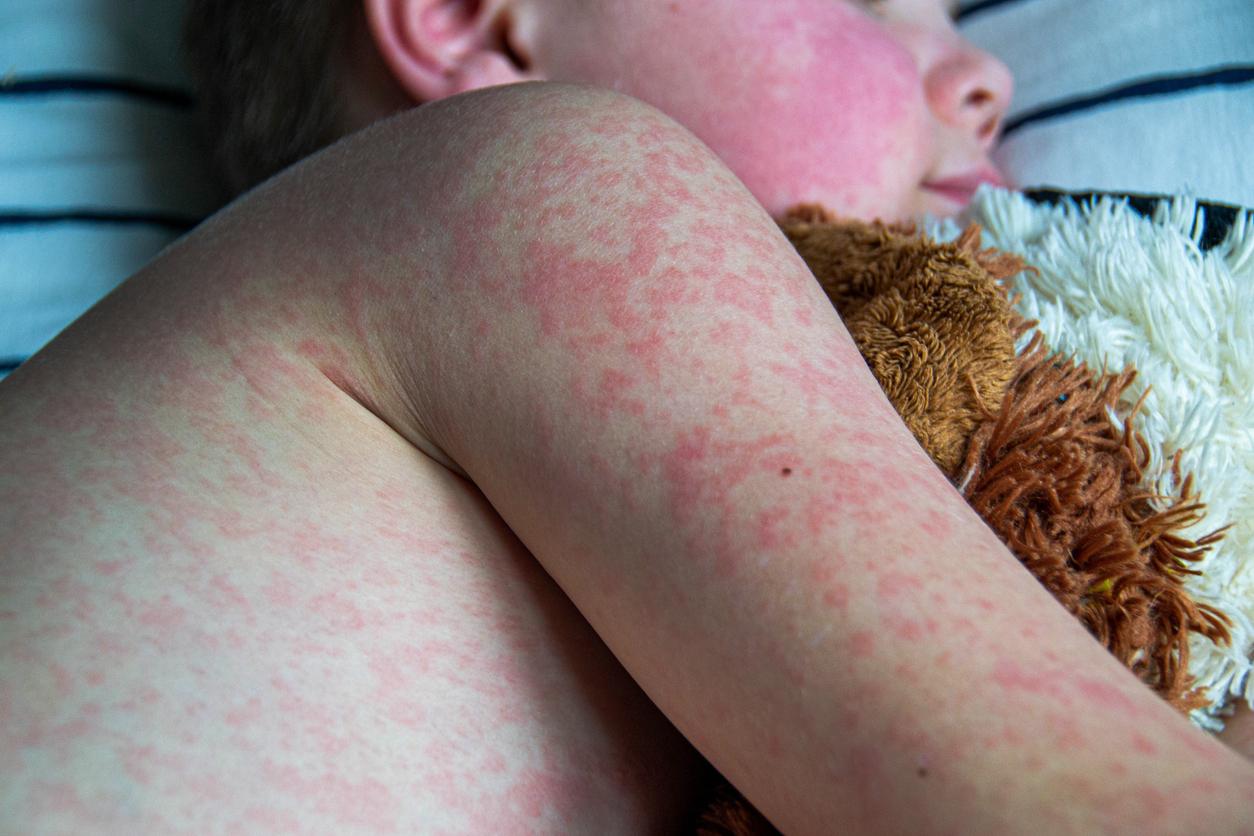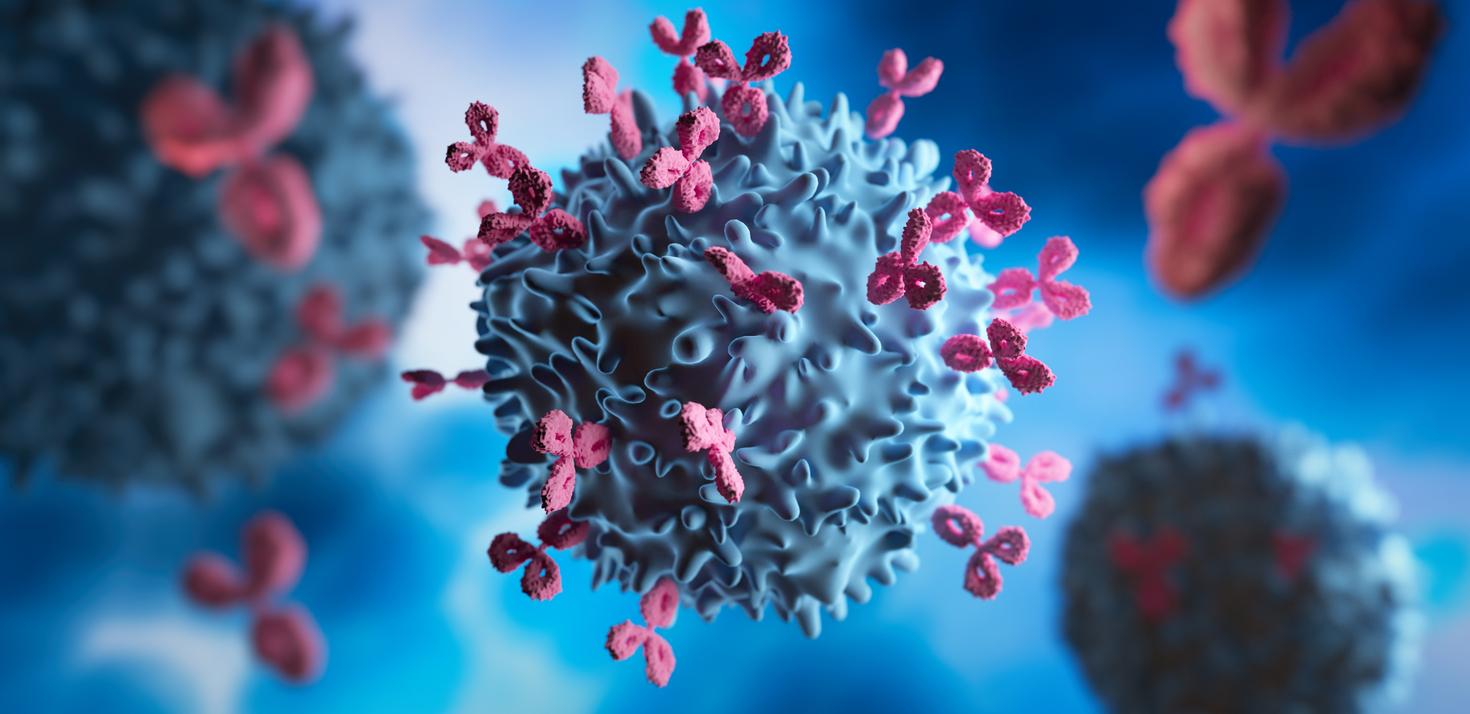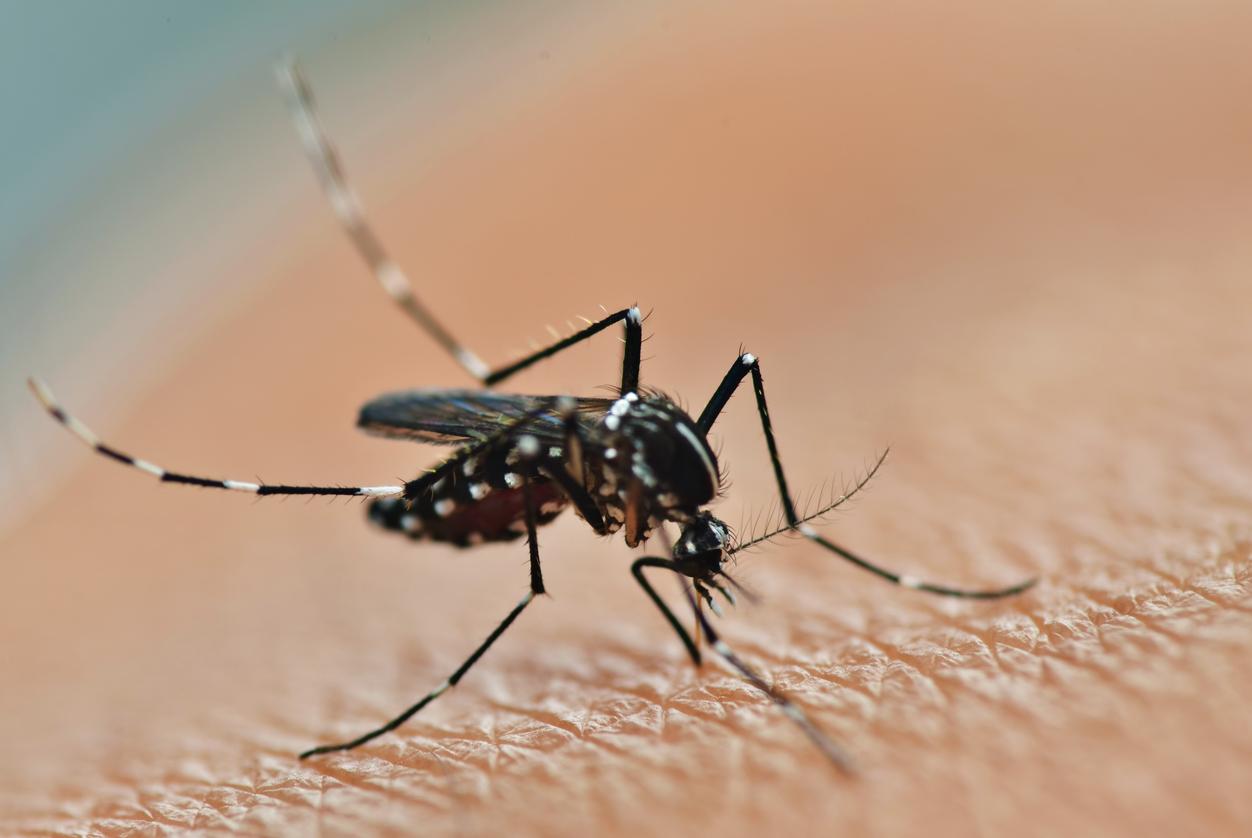The Epstein-Barr virus would play a significant role in the occurrence of several cancers, according to a Franco-German study.

About 95% of the world’s adult population is infected with the Epstein-Barr virus. Don’t panic: when contracted, usually during childhood, this member of the herpes virus family only causes common respiratory tract infections or infectious mononucleosis.
But researchers from a Franco-German unit at Inserm have discovered that a protein contained in the particles of this virus, called BNRF1, could also cause cancer in some people.
A simple contact is enough
In an article published in the scientific journal Nature communications, they remind us that this protein remains, with the virus, in the human body after infection, and until the death of infected people.
They also explain a specificity linked to the virus, which they discovered. “In general, to induce a tumor, viruses need to insert their genome into the cells they want to infect. In the case of the Epstein-Barr virus, it turns out that simple contact with the viral particle itself is enough to induce abnormalities in cell division. Daughter cells thus run the risk of containing abnormalities, of replicating without control, and therefore of causing cancer.
Several ENT cancers
In some people, the virus, which infects in particular lymphocytes of the immune system and certain cells of the mucous membrane of the mouth and pharynx, is therefore responsible, via BNRF1, for the development of cancers of the stomach, of the nasal part of the pharynx. , or the lymphatic system.
In tests on mice, the researchers have indeed succeeded in suppressing chromosomal instability by removing BNRF1 from the virus, thus proving the link between the protein and the development of cancer.
Vaccine proposal
“The Epstein-Barr virus could therefore cause more cases of cancer than we suspected. We suggest the development of a vaccine to reduce the frequency of contact with the Epstein-Barr virus and the associated cancer risk ”, explains Henri Jacques Delécluse director of Inserm unit 1074,“ Infection, epithelial cells and cancer ”, which conducted this study.
Prototypes of the vaccine already exist. They consist in injecting pseudo-particles of the virus, that is to say particles whose structure is identical to that of the virus, but which do not carry its genetic heritage, and are therefore not infectious. Thanks to their discovery, the researchers now hope to find a way to inactivate the toxic protein, before conducting tests to confirm the usefulness of this vaccine prototype.
.

















